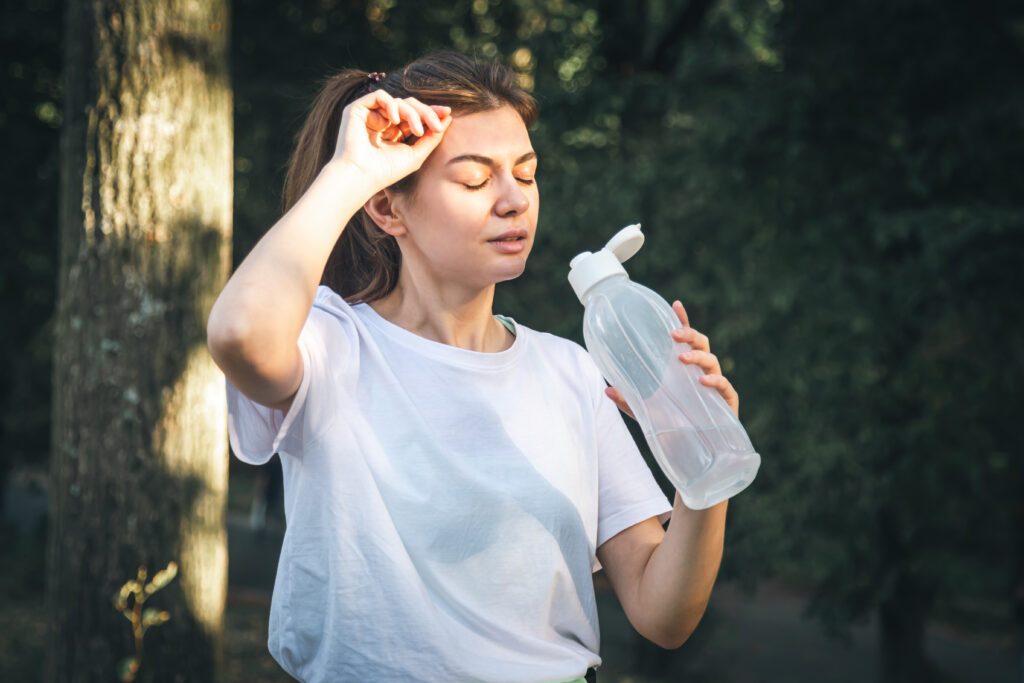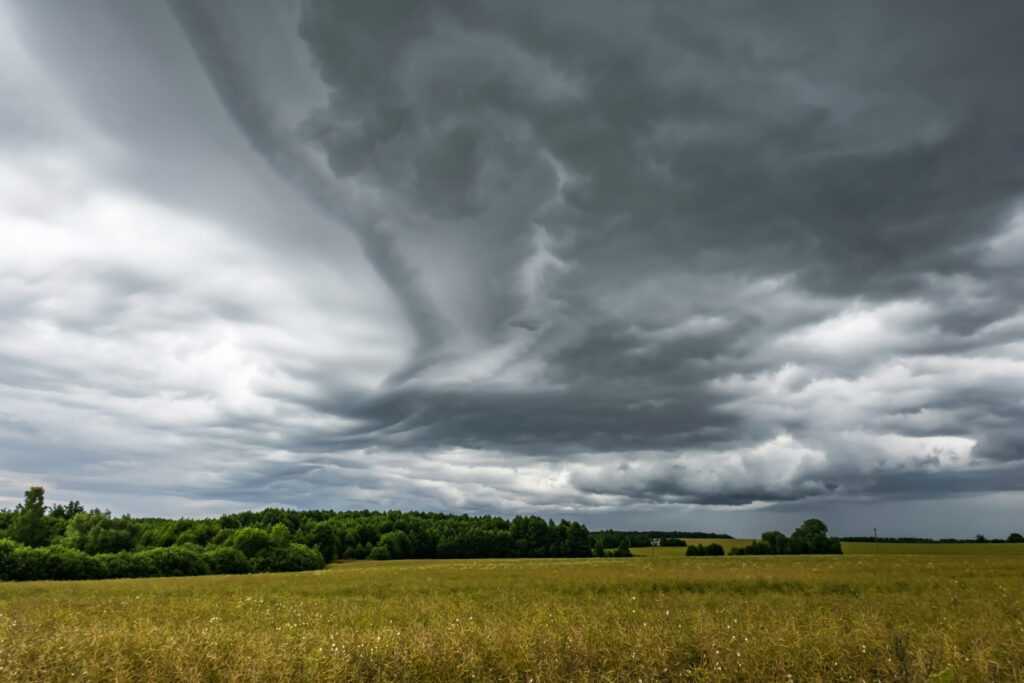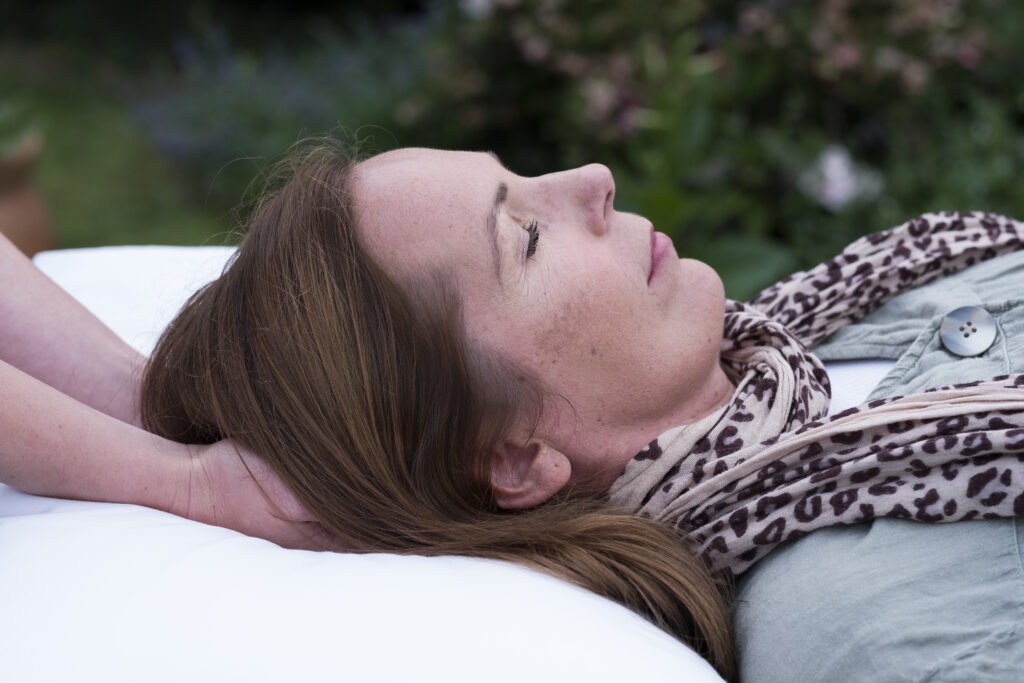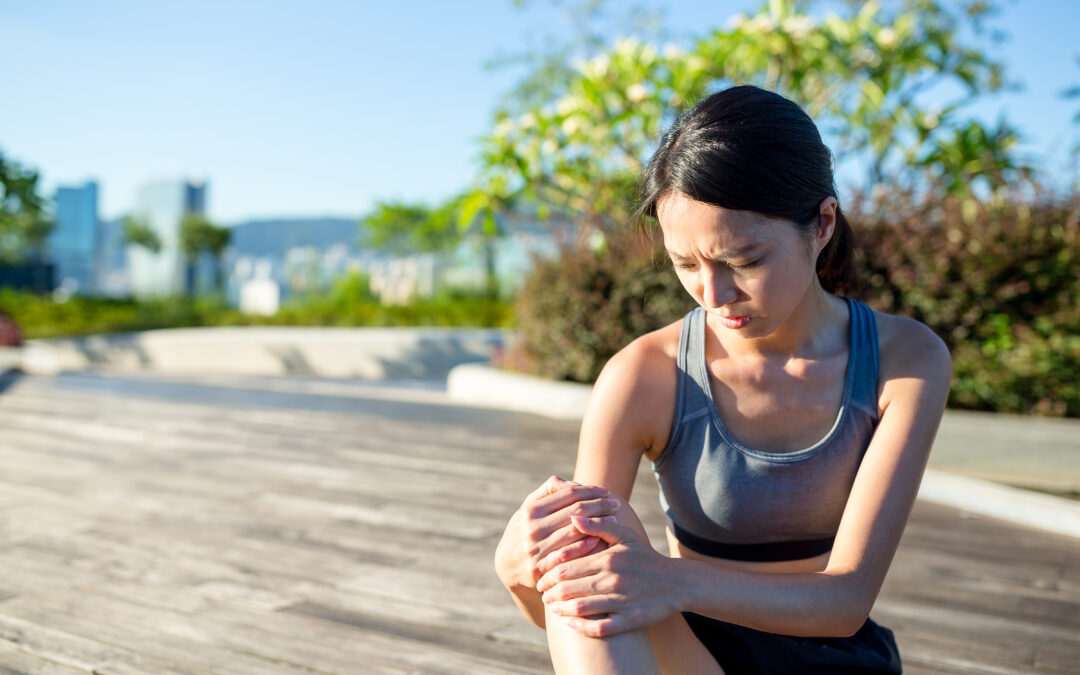When summer arrives, many people living with chronic pain breathe a sigh of relief. The long, sunny days seem to promise more energy, fewer aches, and the chance to do all the activities you missed during the colder months. And in some ways, that’s true. Warm weather can be kinder to stiff joints, outdoor activity is easier, and natural light can lift your mood.
But here’s the part most people don’t talk about: pain relief in the summer isn’t as simple as “the sun is out, so my pain should be gone.” For many, the warm months bring their own challenges and even some hidden triggers that can affect how your body feels.
Let’s look at five common misunderstandings about pain and summer, so you can make the most of the season without setting yourself back.
1. Warm Weather Doesn’t Cure All Pain
It’s tempting to believe that sunshine and higher temperatures will melt away pain. After all, heat therapy is often used to relax muscles, improve blood flow, and reduce stiffness. And yes, there’s some truth to that. Many people do feel more comfortable in summer compared to the bitter cold of winter.
But here’s the catch: pain is complex. If your discomfort is driven by inflammation, nerve irritation, or an underlying condition like fibromyalgia, the weather alone won’t “cure” it. In fact, for some people, too much heat can make swelling worse, cause fatigue, and even trigger flares.
Think of pain relief in the summer like gardening. Warm weather might give you better conditions to grow flowers, but if the soil isn’t right or weeds take over, the flowers still struggle. Similarly, summer can create a better environment for your body, but it’s not a fix-all; it’s just one factor in a much bigger picture.

2. Increased Activity Can Backfire
Summer is often the season of movement. People walk more, hike more, swim more, garden more, and generally spend more time outside. And movement is essential for managing chronic pain. I’ve seen countless patients improve their mobility and mood simply by staying active.
But here’s the problem: in summer, it’s easy to do too much too soon. Maybe you’ve been less active over the winter and suddenly decide to tackle a weekend-long gardening project. Or you walk for hours on a hot day without realising your muscles are fatiguing. Overexertion can lead to muscle strain, joint irritation, and flare-ups that can take days or weeks to calm down.Pain relief in the summer isn’t about cramming every possible activity into three months; it’s about pacing yourself. Build up gradually. Give your body time to adjust. And remember, sometimes the most productive choice is to stop before you feel the pain, not after.

3. Dehydration’s Hidden Role in Pain
One of the most overlooked summer pain triggers is dehydration. When you’re enjoying warm weather, you sweat more, even if you don’t notice it. This loss of fluids and electrolytes can make your muscles cramp, your joints feel stiff, and your overall pain sensitivity increase.
Your body’s tissues need water to function well. Cartilage, for example, is made mostly of water, and when you’re dehydrated, it loses some of its cushioning ability. This can make everyday movements feel more uncomfortable.
If you want effective pain relief in the summer, hydration is non-negotiable. Aim for water throughout the day, not just when you feel thirsty. Add a pinch of salt or a splash of electrolyte solution if you’re sweating a lot. Fresh fruits and vegetables, especially watermelon, cucumber, and leafy greens, can also help replace lost fluids.

4. Weather Changes Still Matter
A lot of people think weather-related pain is only a winter problem. But summer isn’t immune to barometric pressure shifts, humidity changes, and temperature swings, and those factors can still trigger pain.
For example, a sudden thunderstorm can cause a drop in barometric pressure, leading to increased joint stiffness for some people. High humidity can make muscles feel heavy or swollen. And extreme heat can leave you drained, which makes pain feel more intense.
The key is to notice your patterns. If you realise that certain weather changes affect your pain, you can plan around them. That might mean doing more activity on lower-humidity days or resting during the hottest hours. Pain relief in the summer isn’t about fighting the weather; it’s about working with it.

5. Rest and Recovery Often Get Overlooked
Longer daylight hours can be both a gift and a trap. The extra light can boost your mood and energy, but it can also make you feel like you “should” be doing more, and that can mean you push through pain signals instead of resting.
Rest isn’t just lying on the couch; it’s an active part of healing. It allows your muscles, joints, and nervous system to recover so you can keep going without worsening your pain. But in summer, rest often gets skipped because there’s so much going on: barbecues, family visits, vacations, outdoor projects.
If you want sustainable pain relief in the summer, schedule rest like you schedule activity. Take short breaks throughout the day. Listen to your body when it whispers, not when it shouts. And remember, recovery time now can prevent bigger setbacks later.
How to Get the Most Out of Summer Without Making Pain Worse
Here’s the reality: summer can be a great time to make progress in managing pain if you approach it mindfully. Instead of assuming the season will “fix” everything, use it as an opportunity to build habits that work all year round.
Practical tips for better pain relief in the summer:
- Stay Hydrated: Keep a water bottle handy and refill it often.
- Pace Yourself: Increase activity levels slowly to avoid overuse injuries.
- Use the Weather Wisely: Plan movement for cooler times of day.
- Prepare for Weather Swings: Keep a light jacket, umbrella, or cooling towel handy.
- Prioritise Rest: Don’t let busy summer schedules crowd out recovery time.
When You Need More Than Seasonal Strategies
While these tips can help, they’re not a substitute for a tailored pain management plan. Pain relief is personal; what works for one person might not work for another, and seasonal changes are just one piece of the puzzle.
If you’ve been hoping that summer alone will solve your pain, it’s worth exploring a more holistic approach. That might include nutrition changes, gentle exercise programs, mindfulness practices, or other techniques proven to help regulate your body’s pain response.
This is where I often see the most progress in my patients when they move beyond “quick fixes” and start building a customised plan that addresses the physical, emotional, and lifestyle factors affecting their pain.
The idea that summer is an automatic cure for pain is one of the most persistent myths I encounter. Yes, the season can offer real benefits: warmth, light, and opportunities for outdoor activity. But pain relief in the summer is not guaranteed, and misunderstanding how it works can lead to overexertion, frustration, and setbacks.
By recognising the limits of seasonal changes, staying aware of hidden triggers, and balancing activity with rest, you can enjoy the best of summer while protecting your long-term comfort.
If you’re ready to stop relying on the seasons and start building a strategy that works year-round, I’d love to help. My online course, books, and coaching programs are designed to give you practical, proven tools to manage pain in any season so you can live more fully, no matter the weather.
Click here to explore the Off Pain Solutions course and take the first step toward lasting relief.
